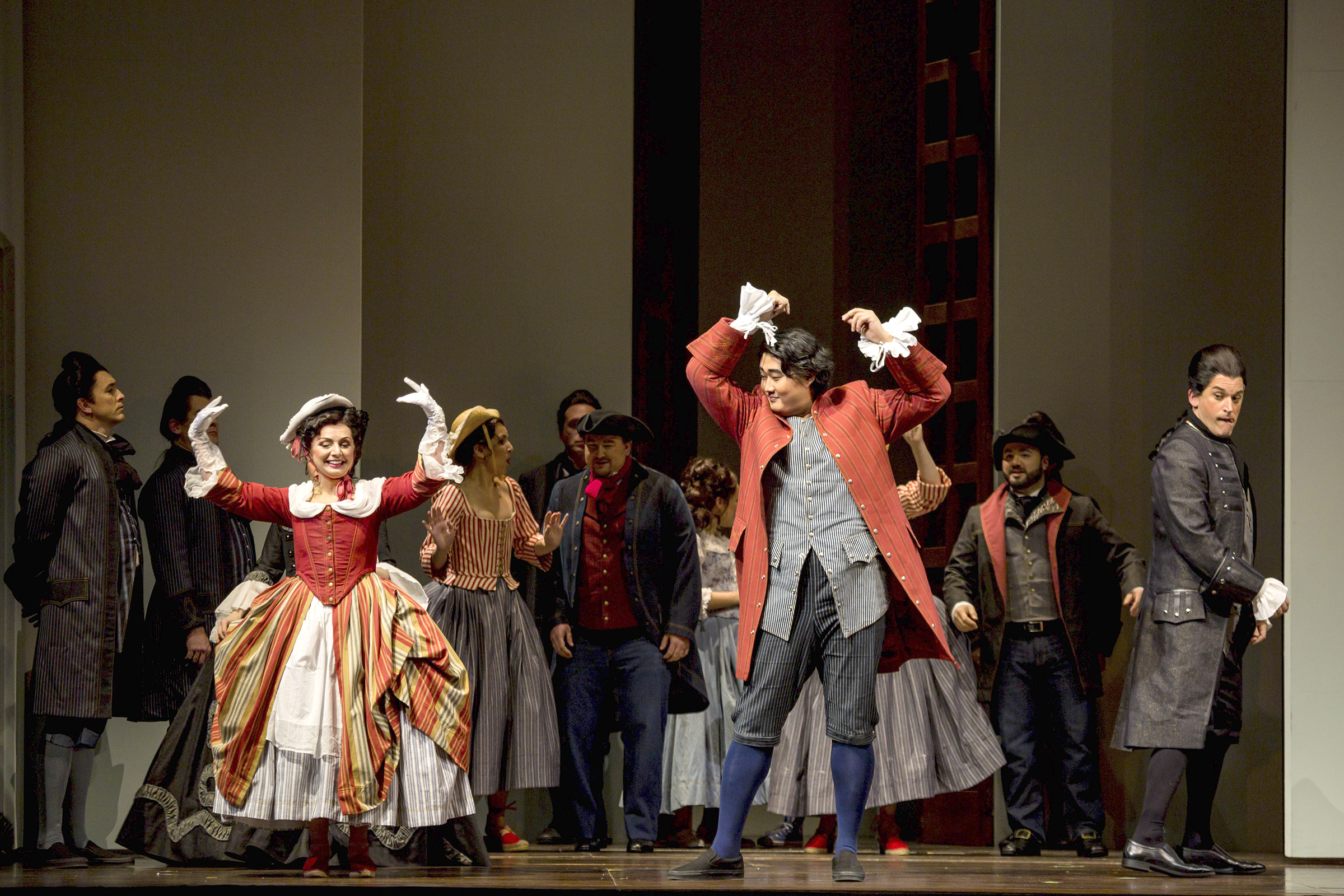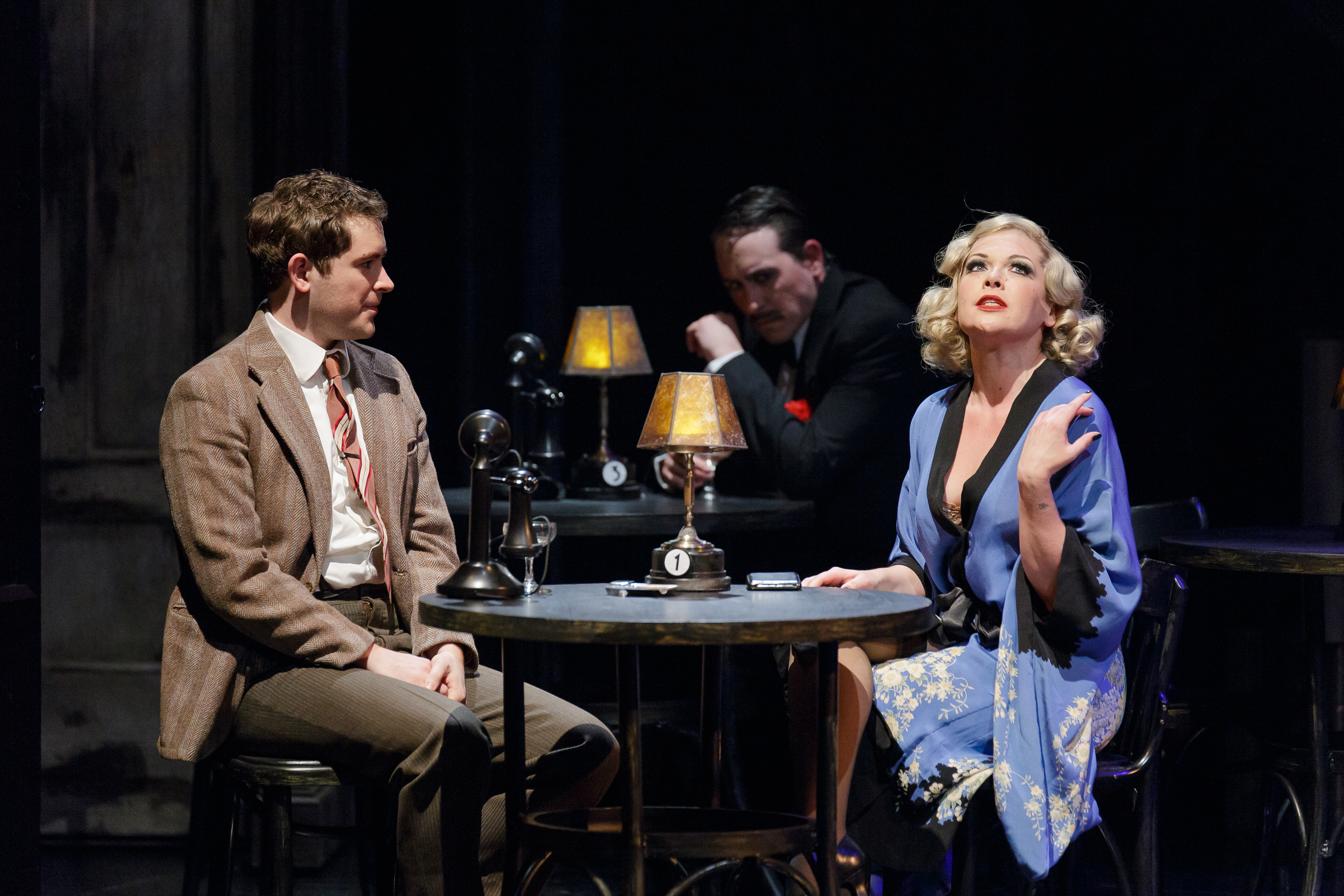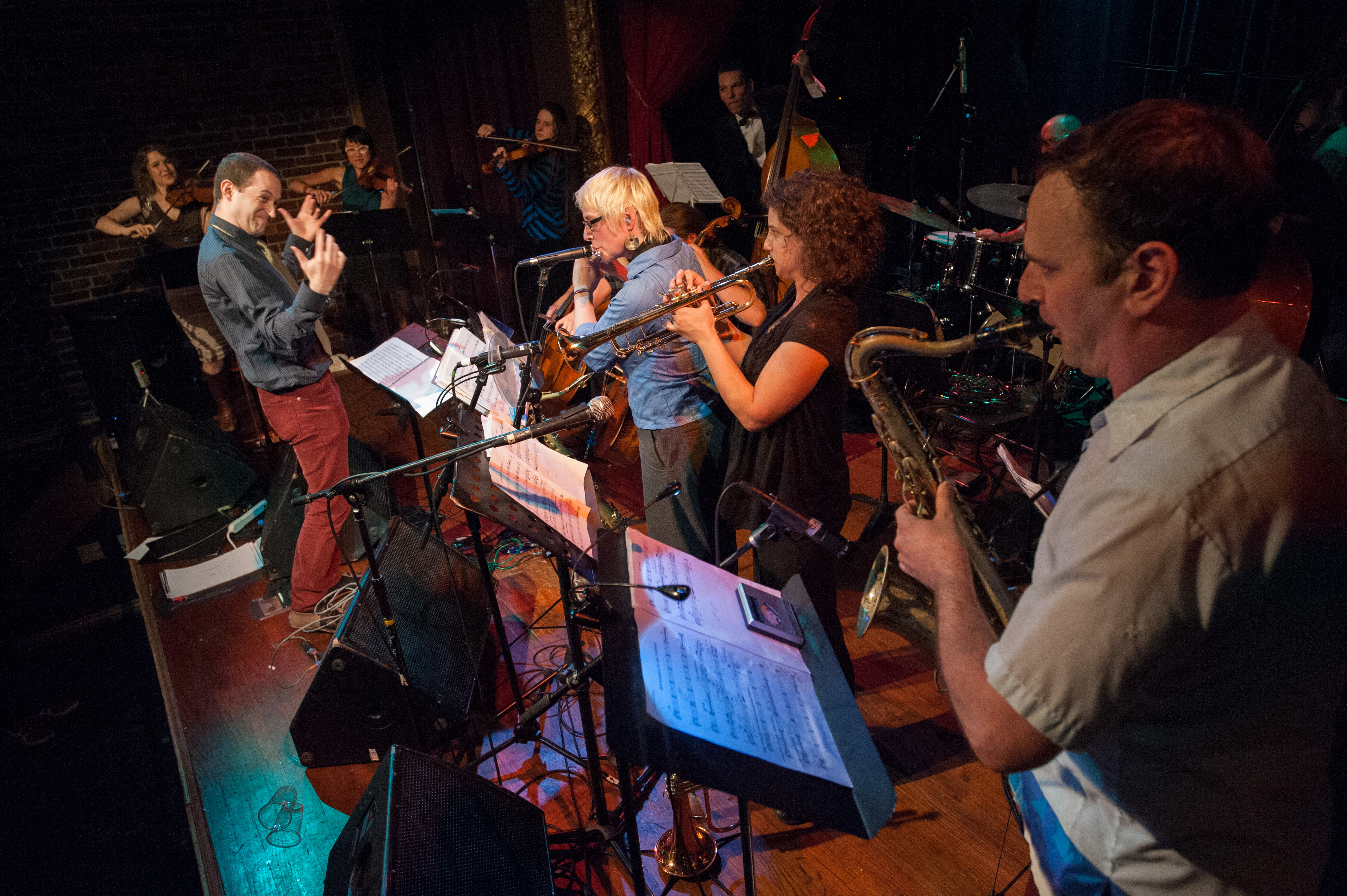Gerard Schwarz’s new trio for horn, violin, and piano opens arrestingly with a prologue evoking Jewish musical tradition–the calls of the shofar, or ram’s horn, to mark the Jewish New Year–though the work’s not as overtly nostalgic, or narrative, as his recent Rudolf and Jeanette for chamber ensemble, which portrays the prewar world of his grandparents, victims of the Holocaust. It’s probably an overstatement to say that this trio represents the rest of the story–what happened to those who came to America–but the lush middle movement does hint at the film scores written by all those expatriate studio composers, and there is a little urban/Bernstein feel to the 6/8 vs. 3/4 rhythms in the finale. Commissioned by the Seattle Chamber Music Society, which premiered it last night, the trio got an expert, exuberant performance from pianist Adam Neiman, hornist Jeff Fair, and violinist Stefan Jackiw. With the shofar calls, that ritualistic prologue combines a steady tread at the bottom of the piano and a lamenting violin. This leads to a constant flow of somber, twining melody in the first movement proper. The traded solos that open the second movement, “Recitative and Aria,” suggest a conversation: the violin pleading, then a bit unhinged; the horn stern and querulous; the piano a calmer mediator that eventually convinces the other two to launch an opulent, pulsing duet drenched in honey. The third movement, brisk and a bit unsettling, is the most expansive and generous of all; throughout the piece, it seems as if Schwarz is never satisfied that he’s given the players enough fun stuff to do, and he keeps piling it on. (The trio’s pounding closing gesture is identical in rhythm and effect to that which opens Madame Mao’s aria from John Adams’ Nixon in China–possibly a crib, but probably coincidence.)
More Stories From This Author
Capitol Hill Block Party Artist Panel Series 2019
The Capitol Hill Block Party Artist Panel Series 2019 is free (no festival wristband required), all-ages, and takes place from…
By
Seattle Weekly • July 9, 2019 11:10 am
Golden Idols will release new EP
Seattle quartet returns with ‘Uneasy’
By
Seattle Weekly • June 24, 2019 5:30 pm
Travis Thompson, Wolf Parade headline Fisherman’s Village fest
The Everett Music Initiative festival, May 16-18 in Everett, will showcase more than 50 acts.
By
Evan Thompson • March 18, 2019 12:00 pm






